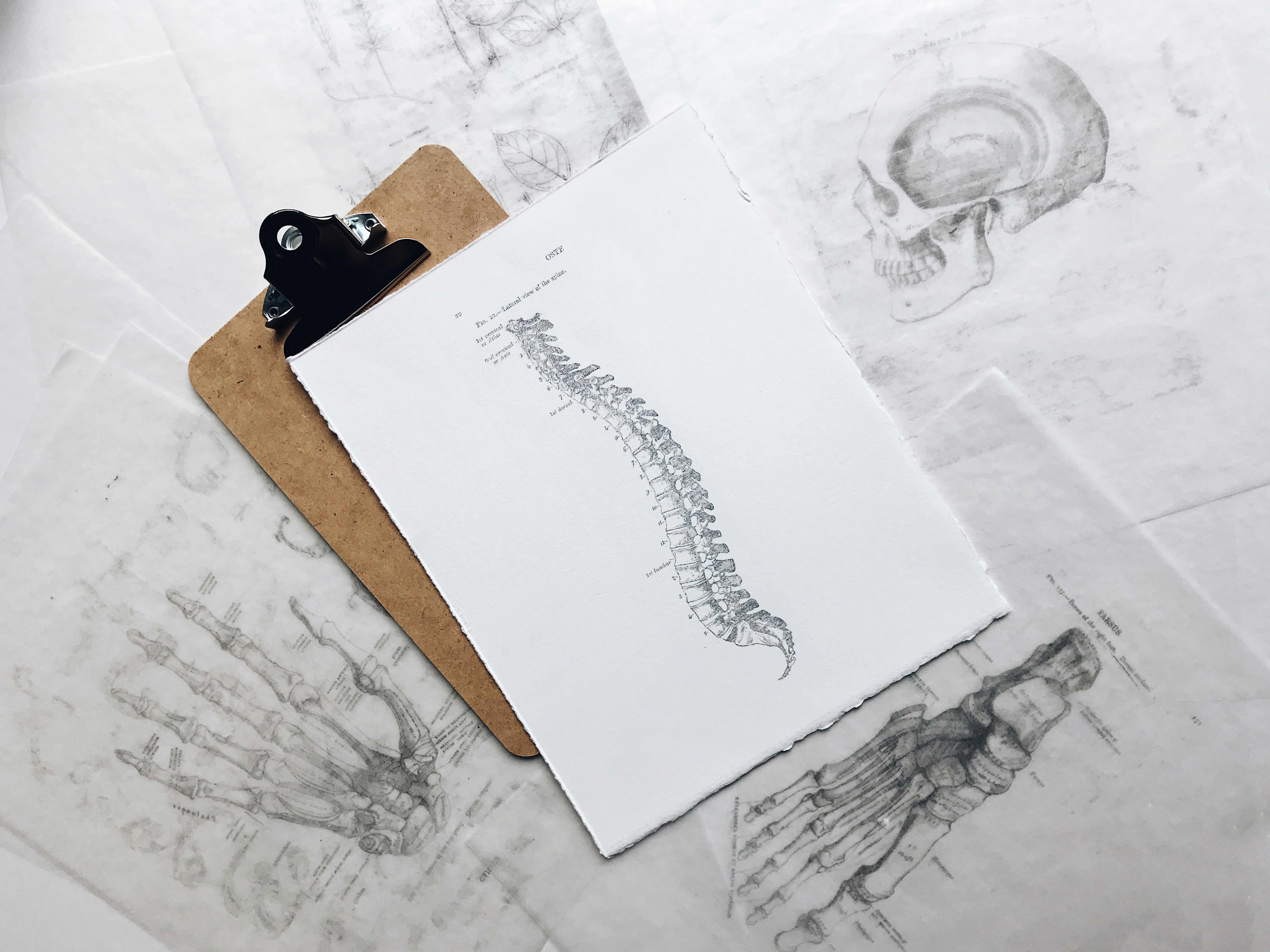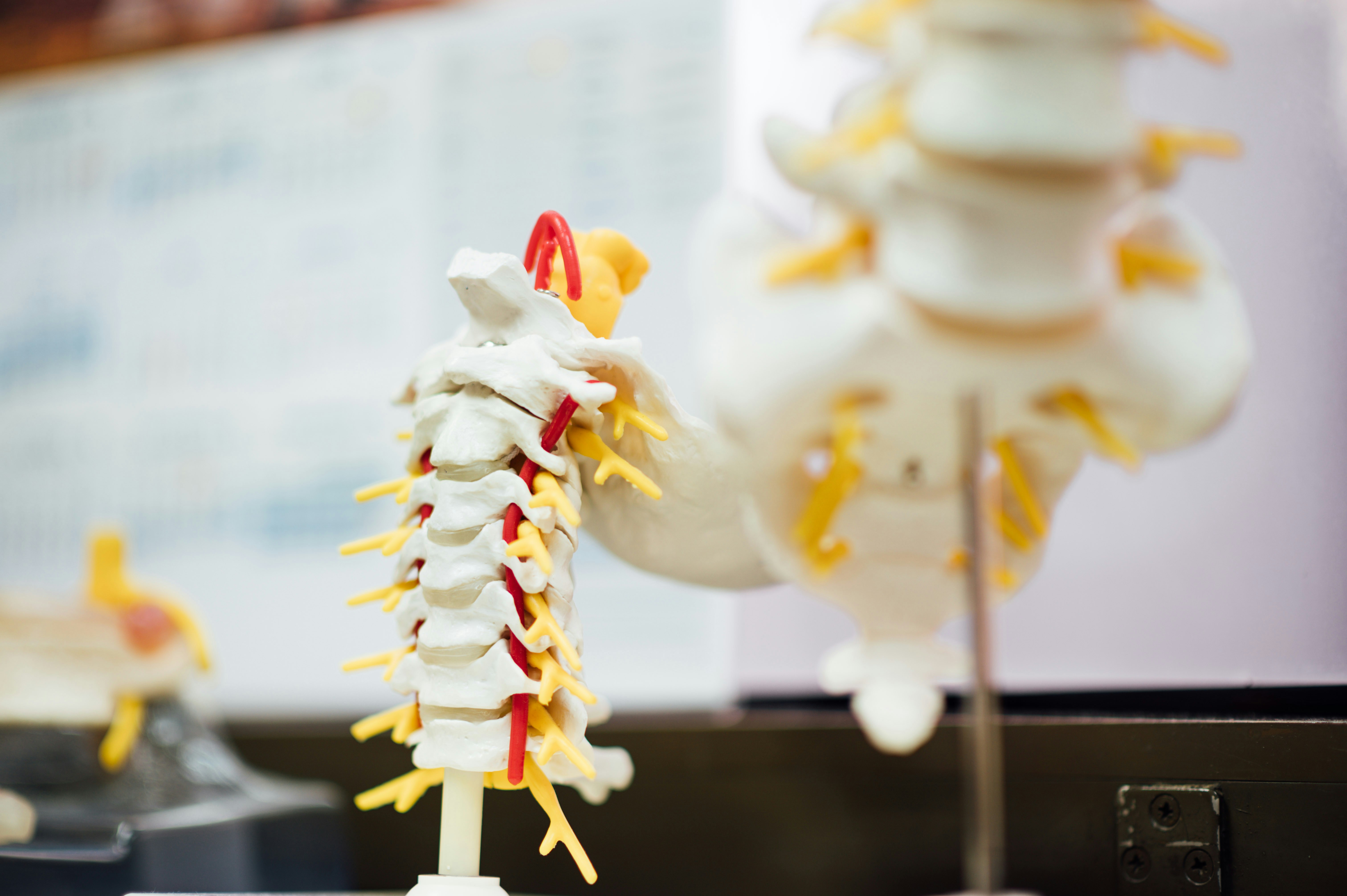Having lifted weights over the years, I quickly realised that while traditional strength training provided many benefits, it needed an adjustment to meet the specific demands of BJJ. The emphasis shifted from increasing muscle mass to developing the agility, endurance, and core stability vital for the sport. Here’s how I approached these unique requirements:
“Even as someone who has spent time under the barbell, the transition to a more functional form of strength training was both challenging and rewarding. Integrating mobility work and specific conditioning routines catered perfectly to the dynamic nature of BJJ.”
With a squat rack and bars at home, my strategy involved a mix of traditional lifts, mobility exercises from yoga, and cardio workouts such as rowing and kettlebell tabata. This balanced regimen ensured that I wasn’t just getting stronger; I was becoming a more resilient and adaptable athlete.
Strength training can improve overall mobility by 30% in adults over 40
The Importance of Strength Training for BJJ Over 40
Strength training is crucial when you hit 40, especially if you’re venturing into the physically demanding world of Brazilian Jiu Jitsu (BJJ). As someone who’s been lifting weights for years but recently taken a more functional approach, I can attest to the benefits of combining strength training with mobility. It’s not just about lifting heavy weights anymore; it’s about being smart and efficient with your workouts to ensure longevity in the sport.
Practising BJJ requires a balance of power, endurance, and flexibility. As we age, our recovery times lengthen, and the cumulative stress on our joints and muscles can lead to injuries if we aren’t careful. This is why focusing on functional strength becomes essential. It’s not just about how much you can lift, how well you can move, and how effectively your strength translates to your BJJ techniques.
For instance, incorporating exercises like the ATG Split Squats and Jefferson Curls can significantly improve your strength and mobility. When done correctly and with proper progression, these exercises engage multiple muscle groups and enhance your range of motion. This functional strength allows you to execute BJJ techniques more efficiently and reduce the risk of injuries in high-stress situations.
Another benefit of strength training for BJJ over 40 is improving overall stability and core strength. BJJ demands a strong core to control your movements, maintain balance, and generate power from your hips. Exercises like deadlifts, kettlebell swings, and planks can strengthen your core, improve your posture, and enhance your overall performance on the mat.
It’s important to integrate strength training seamlessly into your routine. Assess your fitness level, understand your recovery needs, and tailor your workouts accordingly. You might lift weights on non-BJJ days or combine lighter strength sessions with cardio or yoga. The key is to ensure you’re not overloading your body and giving it ample time to recuperate.
Strength training twice a week can increase muscle mass by 1.5% per month in adults over 40

Balancing Strength and Mobility as You Age
One of the key elements to focus on as you weave strength training into your Brazilian Jiu Jitsu (BJJ) routine is the delicate balance between building muscle and maintaining mobility. Over time, our muscles and joints lose some elasticity and flexibility, making a hybrid approach critical.
Mobility exercises serve a dual purpose—they enhance your strength while keeping your joints limber. For example, integrating movements like ATG (Ass To Grass) Split Squats and Jefferson Curls into your routine can significantly boost your flexibility and functional strength. ATG Split Squats work wonders for hip mobility and leg strength, while Jefferson Curls help lengthen the posterior chain and improve spinal flexibility.
Using your rest periods wisely during strength sessions is a fantastic way to incorporate mobility work. Instead of standing idle, you can perform forearm and wrist stretches or try the lounge chair stretch to keep various parts of your body supple and agile. Consistency is key; regular mobility training primes your body for optimal movement and reduces the risk of injury.
A good approach might be to break your sessions into segments that address strength and flexibility. For instance, begin with dynamic stretches to warm up, move into heavier lifts like squats or deadlifts, and finish with focused mobility drills. This combo ensures you’re getting stronger and staying limber and ready to roll on the mats effectively.
Functional strength exercises can improve balance by 20% in adults over 40

Starting Slow: Avoiding Injuries as You Train
It’s hard to contain your excitement when you dive into something as demanding as Brazilian Jiu Jitsu (BJJ). However, this eagerness can sometimes lead you down a precarious path, especially if you’re reintroducing weights into your routine. I learned this the hard way when I jumped back in with ‘heavy’ weights and ended up straining my back. It’s crucial to start slow and listen to your body, especially if you’re over 40.
Consider beginning with exercises focusing on mobility and functional strength, like ATG Split Squats and Jefferson Curls. These exercises build strength and improve your range of motion and flexibility—key aspects of BJJ. The ATG Split Squat helps strengthen and stabilise your lower body while enhancing hip mobility. On the other hand, the Jefferson Curl targets your posterior chain and increases flexibility in your hamstrings and lower back, often stiffened through years of neglect or improper training.
If you’ve had a history of injuries—like my long-standing tiff with front squats—it’s all the more important to go low and slow. Starting with light weights ensures you avoid re-injury. Focus on perfecting your form before adding more plates. When beginning a new exercise, perform it with just your body weight or the bar alone. Gradually increase the resistance as you feel more comfortable and confident in your movements.
Integrating movements into your strength training that mimic BJJ positions can also be invaluable. For instance, practising Goblet Squats can improve your lower body strength and help you develop the flexibility needed for guard positions. Movements like these help bridge the gap between strength training and BJJ, making your workouts more functional.
Remember, it’s better to under-train than over-train when starting. Give your body the time it needs to adapt to new stresses. If something isn’t quite right—maybe your shoulder feels tight, or your knee clicks—pause and reassess. Stretching and mobility exercises between sets can also be a game-changer, keeping you limber and reducing the risk of injury.
Starting with lighter weights can reduce the risk of injury by 40% in older adults

Listening to Your Body: Adjusting Your Routine
One aspect I quickly had to come to terms with was the importance of listening to my body. Strength training at forty is different from my twenties or thirties. Injuries can happen if you push too hard too fast, especially when returning to lifting after a break. I learned this hard and felt the sharp reminder of my old back injury.
When integrating strength training with BJJ, it’s crucial to be adaptable. Some days, your body might signal you need a lighter workout or rest. On others, you’ll feel strong and capable. Keep a flexible mindset and be prepared to adjust your training intensity and volume according to how your body feels.
Initially, start with lower weights and focus on perfecting your form. Begin with bodyweight or very light resistance, gradually increasing as your body adapts. Keep your ego in check – this will be screaming at you that doing some of these techniques with no weight is beneath you. Do a proper set of ATG Split Squats and realise that it’s actually really, really hard.
We must switch from a mentality of ‘more is better’ to – better is better. Focus on technique. Once that is nailed, slowly add weight. Lose perfect form? Back off on weight! No one cares how much you squat apart from the bro’s in the gym, and that’s just an ego trip right there.
Incorporating mobility exercises such as the Sit Through to Frog Stretch during your training can also be beneficial. Mobility work prevents injuries and ensures that you maintain a full range of motion, which is vital for BJJ’s fluid and dynamic movements.
Remember, the goal is to build a sustainable routine that enhances your BJJ performance without compromising your health. By listening to your body and adapting your routine accordingly, you’ll create a balanced approach to training that supports both your strength goals and longevity on the mats.
Consistent strength training can improve bone density by 5% in adults over 40

Encouragement: Staying Motivated and Consistent
Embracing a new strength training regimen alongside your Brazilian Jiu Jitsu practice can be both exhilarating and daunting, especially if you’re over 40 and juggling multiple responsibilities. The key to staying motivated lies in setting realistic, attainable goals that fit seamlessly into your life. Remember, it’s not about how much time you can dedicate daily but about the consistency of your efforts.
Start with bite-sized chunks of practice that you can manage. Perhaps it’s just 15 minutes of kettlebell tabata or a quick session of yoga stretches. Gradually, as you build this habit, you can extend these sessions. The act of showing up, day after day, week after week, is where the magic happens. Consistency trumps intensity.
Another way to stay motivated is to mix things up to keep your workouts interesting. Incorporating various activities can help stave off monotony and keep you engaged. One week, you might focus on strength, the next on cardio, and the week after on mobility. This variety keeps the training exciting and ensures you develop a well-rounded fitness regime.
Additionally, consider integrating aspects of flexibility and balance into your routine. You can address multiple facets of fitness while avoiding burnout by alternating between lifting sessions, yoga, and activities like rowing or high-intensity interval training. Listening to your body and adjusting as needed will keep you on track, and trying new methods can offer fresh challenges and rewards.
Importantly, celebrate small victories. Every time you notice improved mobility, a smoother BJJ session, or even a slight gain in strength, acknowledge these wins. They are crucial markers of your progress and serve as excellent motivation. Stay engaged with your progress; perhaps keep a journal or use a fitness app to track your achievements.
In the end, remember why you started this journey. Keep your goals clear and your motivations in sight. Whether it’s enhancing your BJJ performance, improving overall fitness, or achieving personal growth, let that drive you forward. Stay patient, stay consistent, and give yourself grace as you navigate this path.
Personal Insights: Learning from My Mistakes
One of the most important lessons I’ve learned in my journey of combining BJJ with strength training is the significance of starting slow and prioritising proper form. Earlier, I made the rookie mistake of diving back into heavy lifting after a long hiatus. My enthusiasm got the best of me, and I ended up aggravating an old back injury caused by overzealous front squatting. It was a painful reminder that, especially over 40, we must be smarter about training.
Listen to your body—I’ve had to remind myself constantly. If something feels off, it probably is. As we age, our recovery rates slow down, and the smallest tweaks can set us back significantly if not addressed immediately. Integrating yoga and mobility exercises into your routine is so beneficial. Not only do they help prevent injuries, but they also make you more aware of your body’s limitations and capabilities.
Finally, it’s all about balance. Different people have different schedules and commitments, so figuring out what works best for you is essential. Maybe you can only fit in one strength training session per week and prefer to do kettlebell tabata or yoga on other days. That’s perfectly okay. The key is consistency and a well-rounded approach. Over time, you’ll find the right mix to progress in strength training and BJJ without overloading your system.


